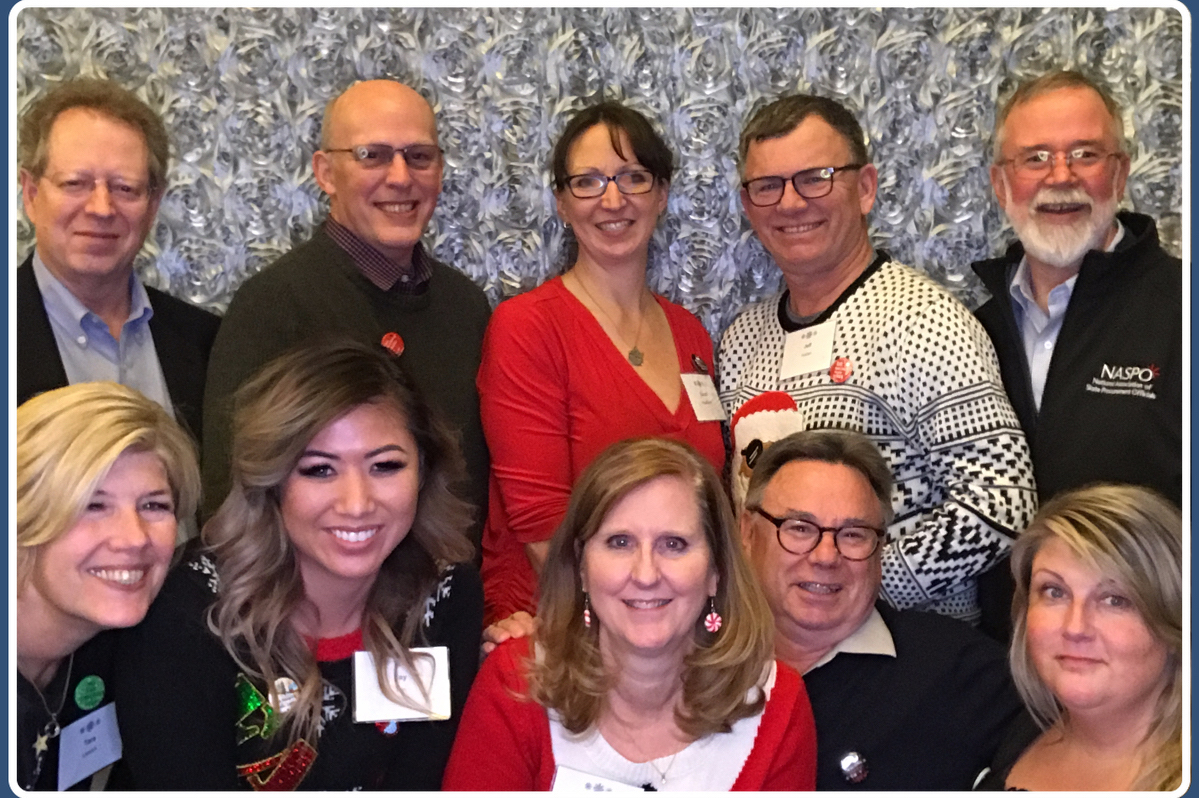 Pulse Podcast
Pulse Podcast An Interview with George Schutter, 2020 NASPO President
Click HERE to download the episode!
Read more “An Interview with George Schutter, 2020 NASPO President”
 Pulse Podcast
Pulse Podcast Read more “An Interview with George Schutter, 2020 NASPO President”
 Pulse Podcast
Pulse Podcast Read more “An Interview with Dianne Lancaster, NASPO’s CLO, Part 1”
 Ethics & Value of Competition
Ethics & Value of Competition The Good News
 Emergency Procurement & Risk Management
Emergency Procurement & Risk Management  Pulse Podcast
Pulse Podcast  NASPO Events & Education
NASPO Events & Education In response to COVID-19, NASPO has created a web directory for resources related to procurement.
This directory, available through the NASPO website, highlights resources both from NASPO and external sources which provide valuable information for state procurement offices during the pandemic. Read more “NASPO Announces COVID-19 Resource Directory”
 Professional Development
Professional Development  Professional Development
Professional Development  NASPO Events & Education
NASPO Events & Education  NASPO ValuePoint is the cooperative contracting division of NASPO and facilitates administration of the NASPO cooperative group contracting of state Chief Procurement Officials (CPOs) for the benefit of state departments, institutions, agencies, and political subdivisions; as well as other eligible entities including cities, counties, special districts community colleges, universities and some quasi-governmental and nonprofit organizations.
NASPO ValuePoint is the cooperative contracting division of NASPO and facilitates administration of the NASPO cooperative group contracting of state Chief Procurement Officials (CPOs) for the benefit of state departments, institutions, agencies, and political subdivisions; as well as other eligible entities including cities, counties, special districts community colleges, universities and some quasi-governmental and nonprofit organizations. Emergency Procurement & Risk Management
Emergency Procurement & Risk Management